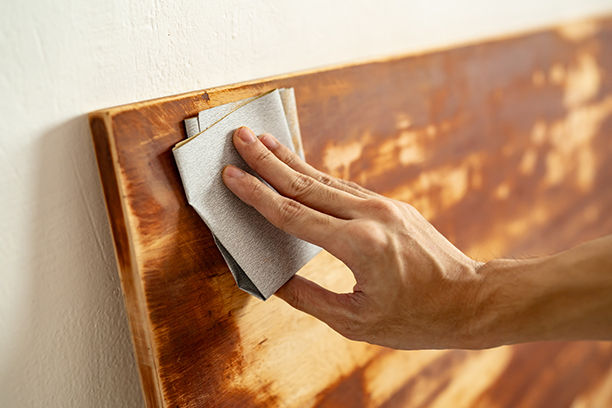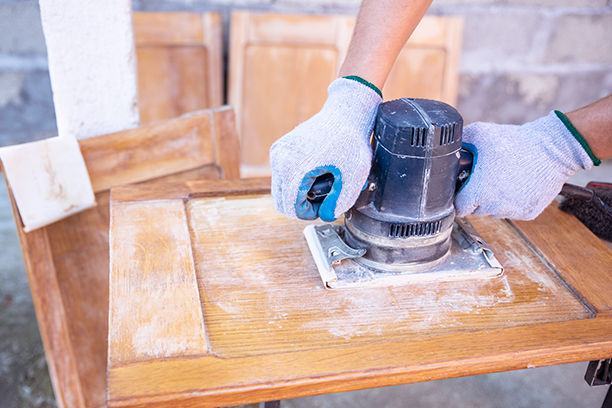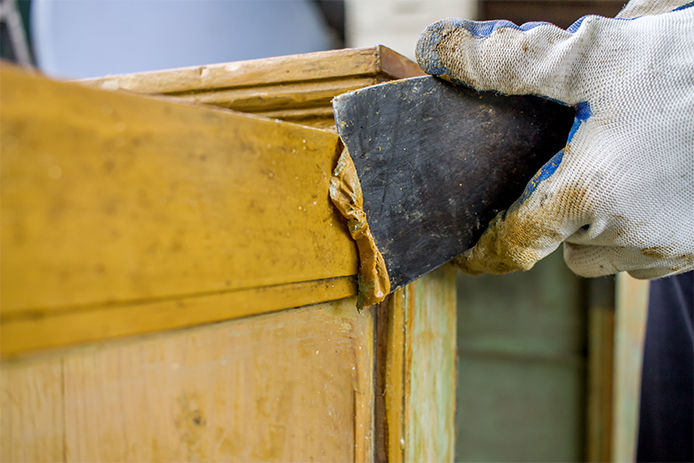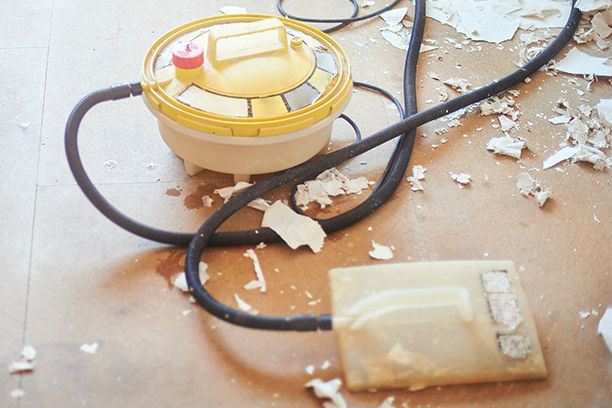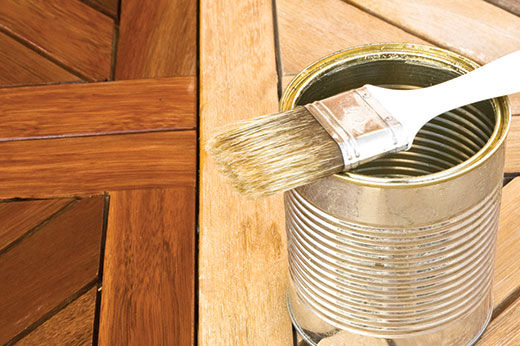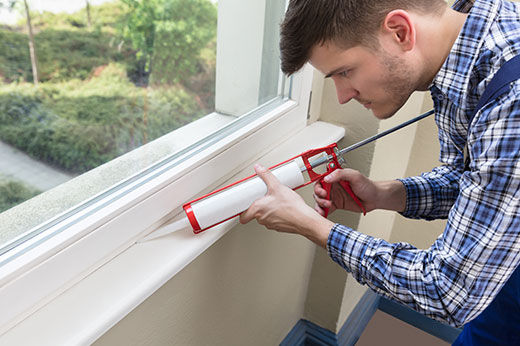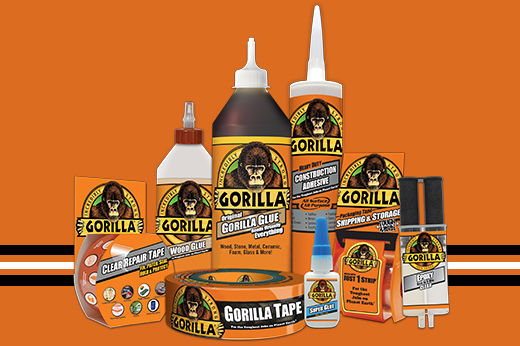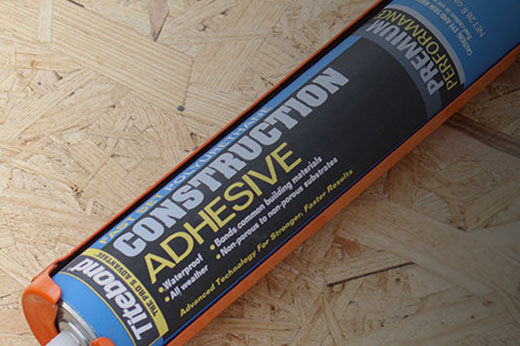Step 1: Start your project in a well-ventilated area—outdoors, if possible. Gather all needed supplies and put on your protective gear: work gloves, safety goggles, and a respirator or mask. Prepare your work area with a drop cloth or plastic to protect the surrounding area from drips and spills.
Step 2: Follow the manufacturer’s instructions for the specific brand of paint striper you are using. Generally, you’ll use a paintbrush to apply a thick, even layer of paint stripper onto the painted wooden surface. Be sure to cover the entire area.
Step 3: Watch and wait for the paint stripper to soften the paint according to the manufacturer's recommended time on the label. Usually, this takes anywhere from 15 minutes to several hours.
Step 4: Use a plastic or metal scraping tool, like a putty knife, to gently scrap away the softened old paint. Work in the direction of the wood grain, collecting the bits of stripped paint into a disposable container.
Step 5: Repeat if necessary until you get the desired results. If there are several layers of paint or areas that are difficult to strip, you may need to apply the paint stripper again.
Step 6: Wipe down the wood surface with clean rags and mineral spirits or denatured alcohol to remove any residue. If the paint stripper you are using requires neutralization, follow the instructions on the product to neutralize the surface.
Step 7: Sand the wood surface to smooth the project and remove any remaining imperfections and residue. Work from a coarse sandpaper to a finer grit for a smooth finish. Your wood project should be ready to stain, wax, or add a fresh coat of paint now as you prefer.
Step 8: Clean up the stripped paint and used rags properly. Always remember that the rags can present a fire hazard, so it's important to follow local regulations when disposing of them. Contact your local waste management office or visit their website to find the nearest hazardous waste disposal location.


